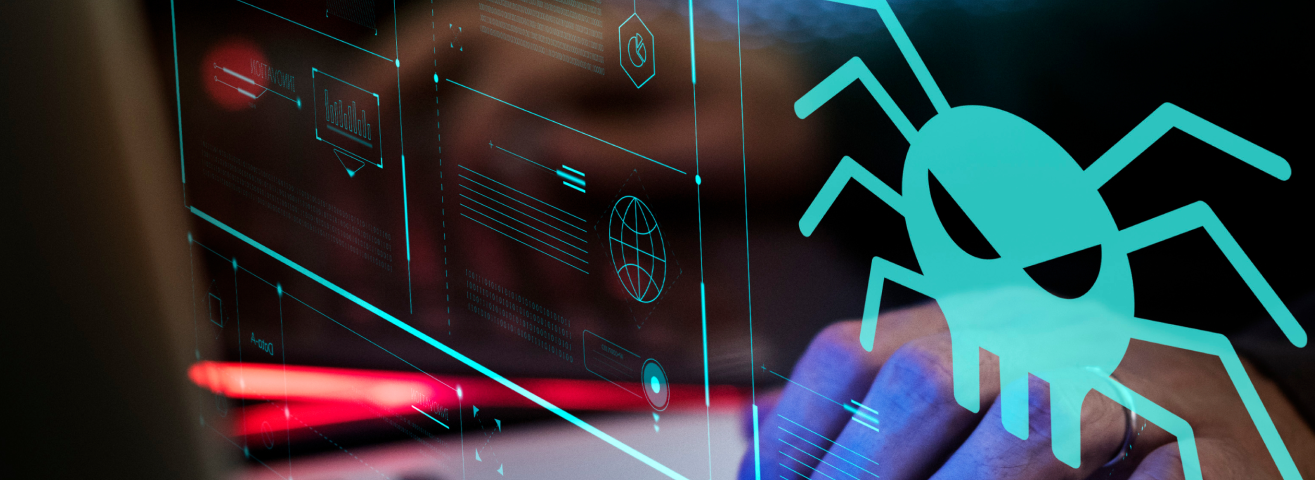What Is Ransomware and Why Is It Still So Dangerous in 2025

Ransomware attacks continue to cripple businesses, hospitals, schools, and even individual users. These attacks encrypt your files and demand payment — often in cryptocurrency — to unlock them. According to the Cybersecurity & Infrastructure Security Agency (CISA), ransomware is one of the most destructive cyber threats in the U.S. today, costing billions annually. Despite growing awareness, ransomware attacks are increasing in complexity, frequency, and impact.
How Ransomware Works:
Ransomware usually starts with a malicious email, fake software download, or compromised website. Once on your system, the malware encrypts files — documents, photos, even backups — and locks you out. A ransom note appears, demanding payment in Bitcoin or another cryptocurrency, often with a deadline and threats to leak your data.
Victims who pay are not guaranteed to recover their files, and many end up being targeted again.
How to Reduce Your Risk:
-
Back Up Files Regularly
Store backups offline or in the cloud using reputable providers. -
Don’t Click Suspicious Attachments
Phishing emails remain a top ransomware delivery method. -
Update Software Frequently
Many ransomware variants exploit unpatched systems. -
Use Real-Time Security Tools
Antivirus with ransomware protection can detect threats before they lock your files. -
Educate Users
Especially in workplaces, employee awareness is key to preventing accidental infection.
How SurfSafe Helps:
SurfSafe stops ransomware at the source by blocking access to malicious sites, fake file download links, and phishing domains — all in real time. It acts before the download happens, protecting users from the common delivery methods ransomware relies on.
“Bitcoin” and all mentioned company or agency names are trademarks of their respective owners.
